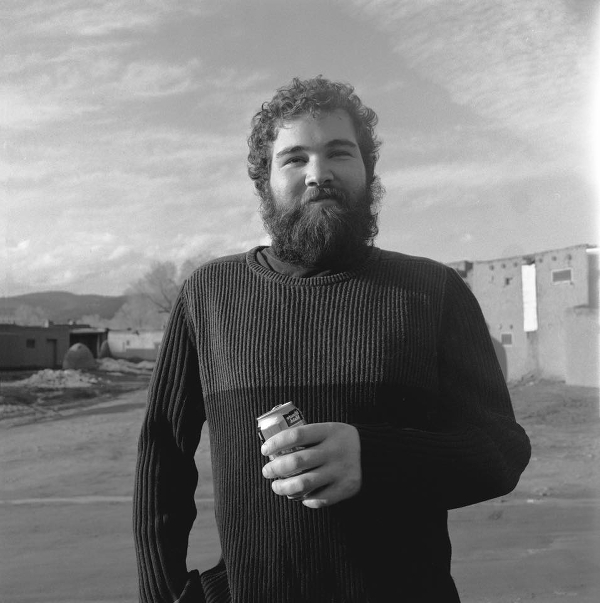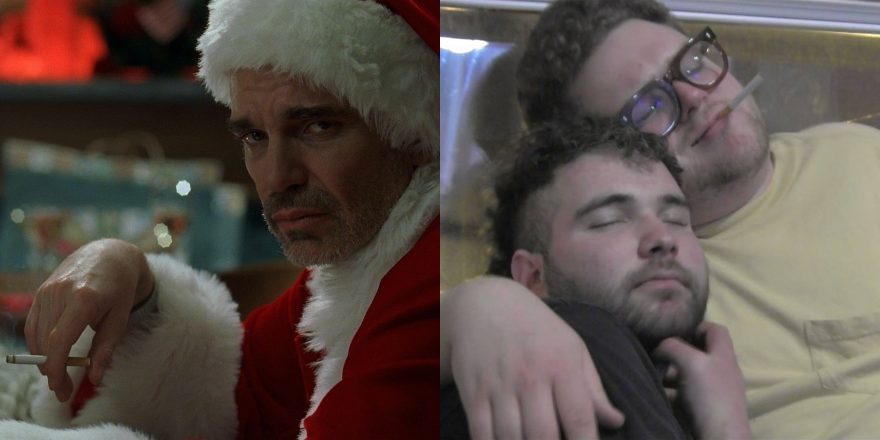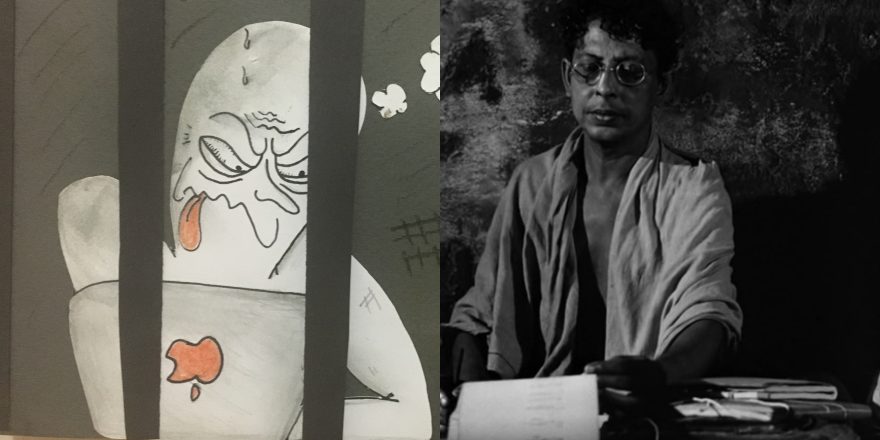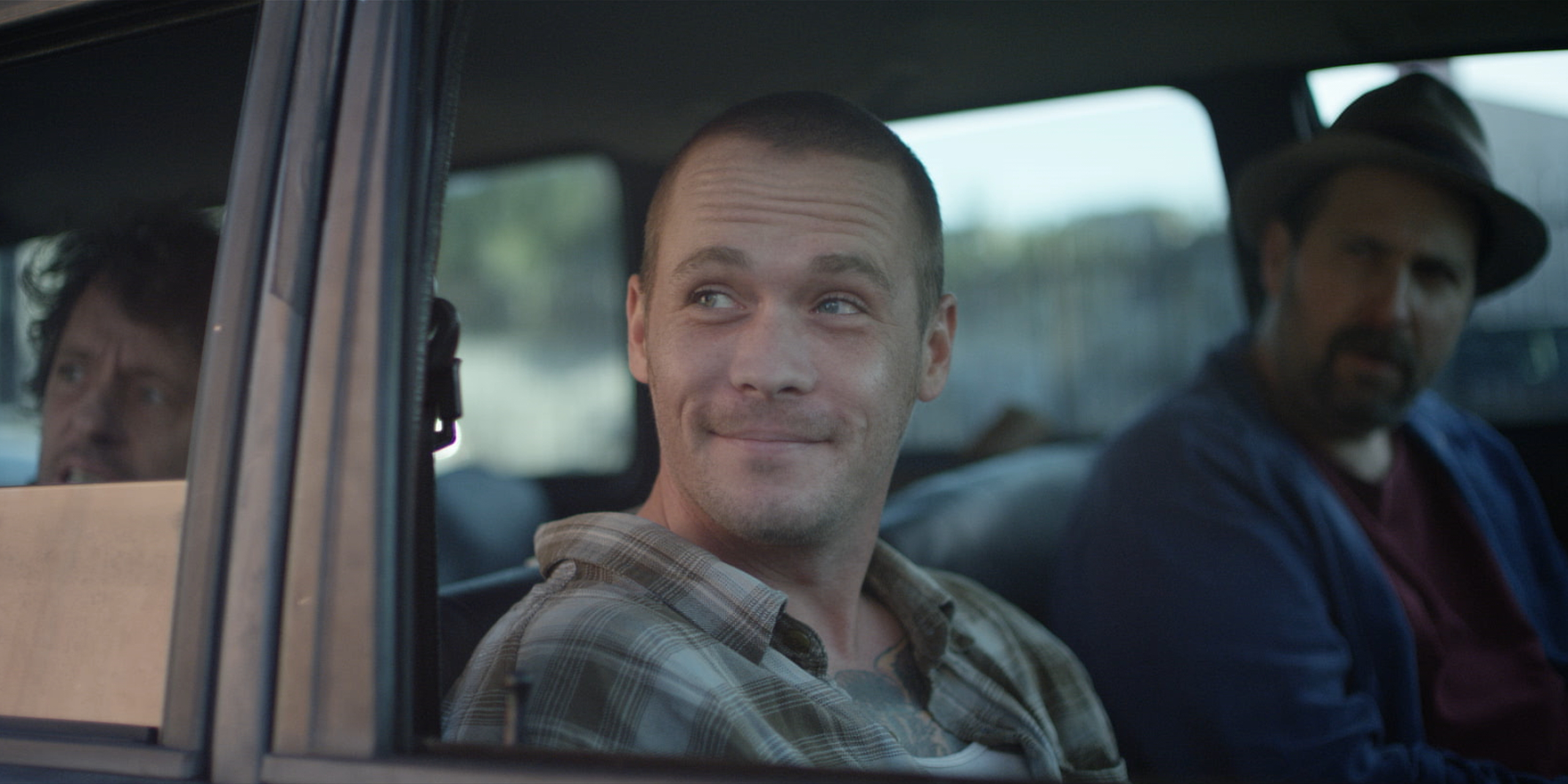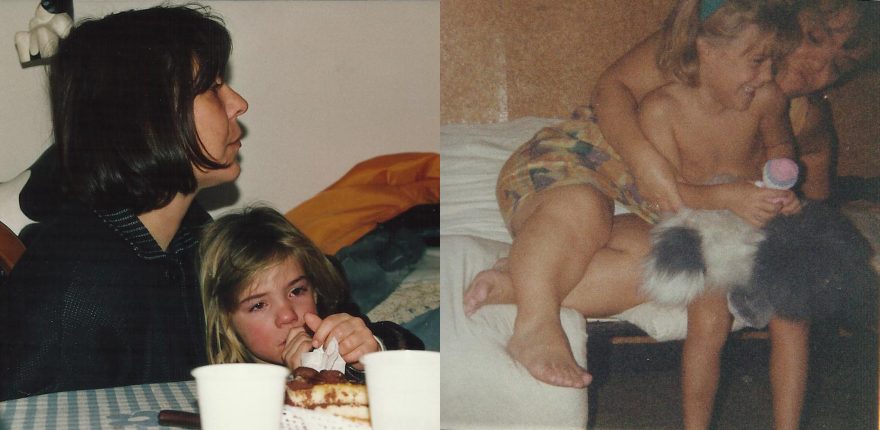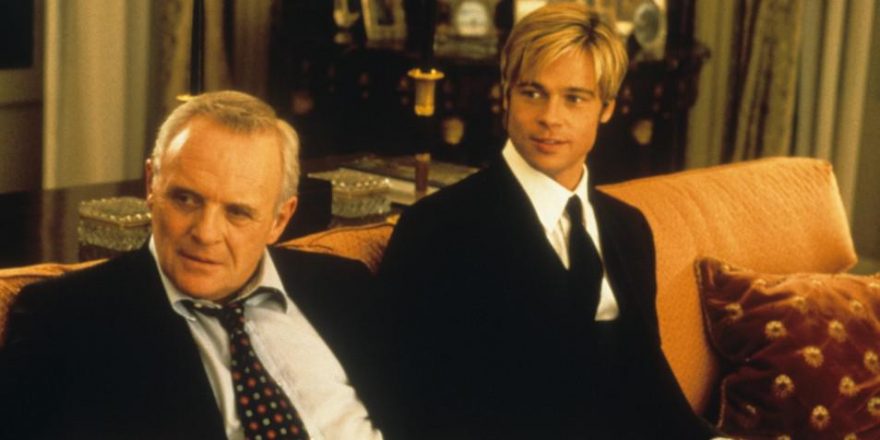Over the festive break, Talkhouse Film is revisiting some of its most read (or listened to) pieces of the year, including this one. Happy holidays! – N.D.
January 23rd, 2019:
I’m sitting in Fat Rice Cafe in Logan Square, Chicago, writing the original incarnation of this essay. I’m struggling to find inspiration, so I turn to Roger Ebert’s review of La Dolce Vita where he says, “Movies do not change, but their viewers do. When I saw La Dolce Vita in 1960, I was an adolescent for whom ‘the sweet life’ represented everything I dreamed of: sin, exotic European glamour, the weary romance of the cynical newspaperman.”
I get a text from a co-worker of John’s saying he hasn’t come to work and isn’t answering his phone. I call his girlfriend. She says she’s been banging on the windows of his gallery for the past 30 minutes. The lights in his bedroom are on.
John had overdosed in my arms a year earlier. I watched his face go blue. The doctor said if we had called the ambulance one minute later, he would have been dead. I order a Lyft — “Your driver is 12 minutes away.” Fuck. When it rains, it pours. I tremble in the cold. I smoke. I smoke. I think, “I hope it’s the real thing this time, because I can’t take another false alarm.”
Ebert goes on: “When I saw La Dolce Vita again, around 1970, I was living in a version of Marcello’s world; Chicago’s North Avenue was not the Via Veneto, but at 3 a.m. the denizens were just as colorful, and I was about Marcello’s age…”
I’m in the Lyft. The driver’s too slow. I ask if we can stop at a CVS so I can buy a bottle of Narcan — I explain it is a matter of life or death. Fucker pretends he doesn’t hear me.
I’m out of the Lyft. I’m standing outside my best friend’s gallery. I bang. I scream. A locksmith walks by. I explain the situation to the locksmith. He apologizes, says it would be illegal for him to help me out.
I stand. I tremble. I smoke. There’s only one way this ends.
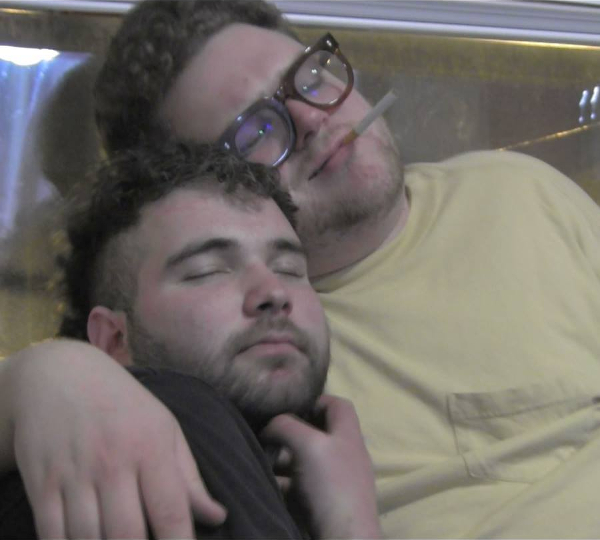
“When I saw the movie around 1980,” Ebert continues, “Marcello was the same age, but I was 10 years older, had stopped drinking, and saw him not as a role model but as a victim, condemned to an endless search for happiness that could never be found, not that way.” In this quote, Ebert describes, to a T, the journey I took with the raunchy Christmas comedy Bad Santa, which Ebert gave three and a half stars — a half star less than La Dolce Vita. I love this movie for many reasons: the filmmaking, the performances, the nihilism. But mostly I love it because it served as a link between me and my best friend, John Cibula.
Who was John Cibula? He was a fat Greek who could have drunk Willie T. Stokes, Billy Bob Thornton’s character in Bad Santa, under the table. But beneath his drunken surface was a gentle genius, whose wit and boundless intellect, along with his puffed-out teddy bear face, made everyone he came in contact with (especially girls eager to mother someone) fall deeply, deeply in love with him. He was also the best visual artist I’ve ever known.
Actually, he wasn’t fat — we would always debate in our half-joking, half-serious way, who was the skinnier party. We would try to lose weight for the sole purpose of showing the other one up. Once I came close to beating him — that was the first time I got sober and had shed all my beer fat. But with my glory days in my rearview mirror, John had, as of five months ago, reigned victorious. Although I had become sober yet again (give or take a few prescription pills and gummy edibles), I had become a compulsive binge-eater, eating raw cookie dough the way I used to freebase cocaine. And John, well, his heroin use had rendered him thin as a rail. Still, when I called him (I called him at least once a day), I would always open with, “John, you fat fuck,” and he would reply, “Jack, you skinny son of a gun.” Always. Every time.
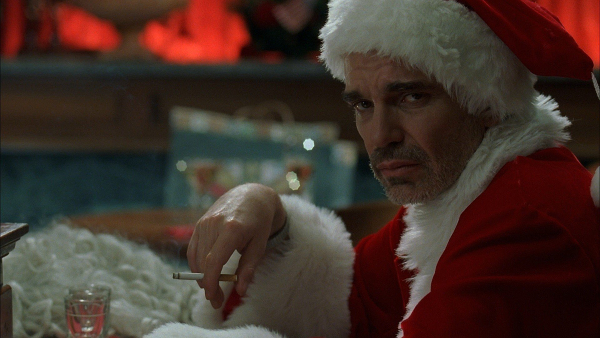
Bad Santa opens on a snowy exterior of a faux-Irish pub with a Christmas tree in the window, a contemptible image of middle American mediocrity. Chopin’s Nocturne in E Flat Major, Opus 9 Number 2 serves as the score. The camera moves through an array of sweater-wearing bourgeois “normies” relishing in the Christmas spirit, because, well, they’re supposed to. The camera lands on Willie T. Stokes, a gaunt lush sporting a beat-up Santa suit. He downs his umpteenth shot of whiskey. One look at this guy and you know everything you need to know about him; visual storytelling at its finest.
“If I’d known I was gonna have to put up with a bunch of screaming brats pissing on my lap 30 days out of the year,” Willie says in voiceover, “I’d have killed myself a long time ago. Come to think of it, I still might.” The first time we saw Bad Santa, this line caused John and I to keel over laughing. We related. At the tender age of 16, we had already developed a death fetish. Death was so romantic back then; it was abstract, a non-reality. Neither of us knew how soon that would change.
Willie stares with contempt and envy at the normies as they laugh and drink. For them, drinking is a social activity; for him, it is a way of life. And this was how John and I viewed our fellow high schoolers. Like Willie, we had already begun using alcohol to cope, as opposed to party, as our friends did.
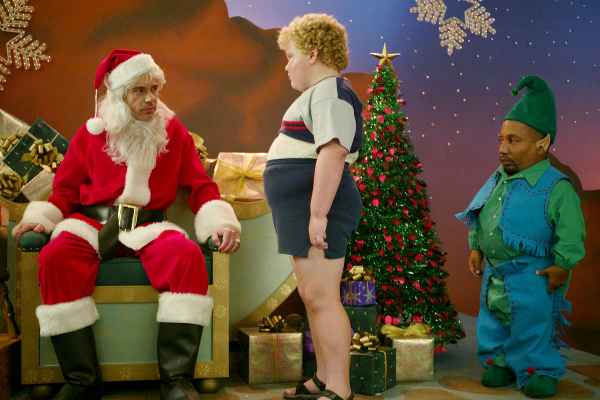
Just as Marcello’s world in La Dolce Vita represented “the sweet life” to an adolescent Roger Ebert, Willie T. Stokes’ world represented the “sweet life” to us: a Bukowski-esque daymare where horny bartenders fall into your lap, feeble-minded fat kids allow you to stay in their mansions, and you can drink, drink, drink without your liver falling out of your ass. Mostly, though, it represented a world where you could choose your own destiny, a world where you didn’t have to become a slave to a capitalistic, consumer society (represented brilliantly by the mall, where most of the movie takes place). In this world, self-destruction is not an option; it’s the only logical solution.
And just as a twentysomething Roger Ebert found himself living his own version of Marcello’s world in Chicago’s North Avenue, John and I found ourselves living in our own version of Willie T. Stokes’ world in Chicago’s South Loop. We were both bullshitting our way through Columbia College at the time. And though we were not criminals, we were drunks, angry drunks, rejecting everything our middle-class upbringing led us to believe was the proper way to live.
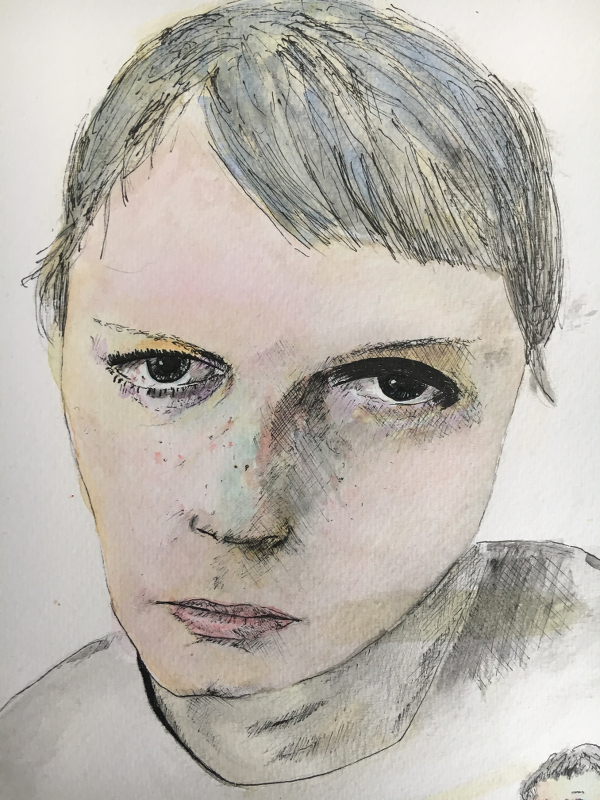
We spent the majority of our time in a dog park outside of our dorm, drinking with a homeless man named Brother Ritchie. Brother Ritchie showed us how to acquire street drugs and offered helpful sexual advice. (“You got to eat da ass” was his big line.) In return, we bought him chicken wings and booze. He eventually turned on us and tried to stab me.
After a few inebriated years in Chicago, I became fed up. Waking up to the stench of my own vomit mixed with the impossible-to-get-off smell of stripper perfume had become tiring. Besides being exhausting, the life of Willie. T. Stokes had proved more boring than expected. Worst of all, I wanted to make movies, but every one I made turned out to be shit. It was like I was creatively constipated.
Around this time, John and I took a trip to New Orleans with the intention of finding new dimensions of drunkenness. Surprisingly, the inverse happened. I took magic mushrooms and had a revelation. I wrote it repeatedly on a baguette bag: “I Need To Get Sober.” And I did. It lasted for seven months, and I used those months to seriously get my shit together. I transferred to the New School in New York and established a new life for myself. It was then I began earnestly honing my craft and making movies that meant something to me.
A month after my graduation, my dad was diagnosed with a rare form of stomach cancer. He died a week after his diagnosis.
And my old habits came back with a vengeance. No matter how bad things got, John was always just a phone call away. We would talk for hours every night. I would tell him about an entertaining homeless guy I had smoked crack with, and he would tell me about a prostitute who had ripped him off or a casino he had gotten kicked out of. We would always tell these stories in a funny way, in a way that was designed to make the other laugh. His high-pitched cackle always made things seem OK — like whatever horrible situations I had gotten myself into were worth it because they resulted in a funny story I could tell him. Sometimes I even found myself in the middle of a horrible situation, like being in a dank apartment of a project building listening to a baby cry and a woman scream while my “guy” scored drugs in the other room, and would start figuring out how to make the scenario as funny as possible for John. Turning our dangerous behavior into entertaining stories was enabling, sure. But it was also life affirming. It got us through.
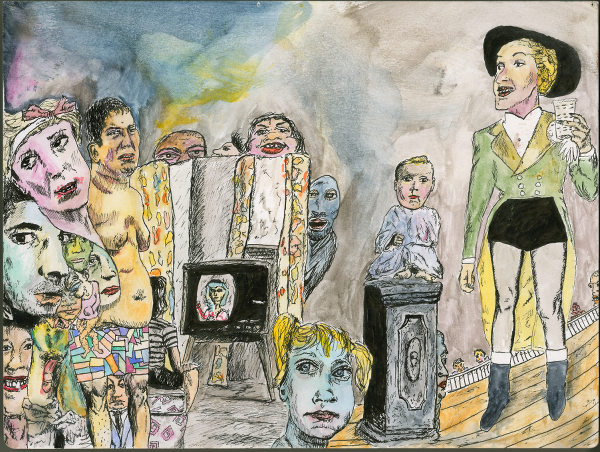
In her eulogy for my father, my sister said, “You know that feeling when you have a best friend, and something funny or crazy happens to you, and the whole time it’s happening you’re thinking about how you’re going to tell your best friend? For me, that person was my dad.” After the memorial, John told me that was how he felt about me. He hugged me with tears in his eyes and said, “I love you and your family so much.”
Three months after that service, I awoke in a panic. Instinctively. I called John: “Jack, ya skinny son of a gun,” he answered. I started crying. “I just had a really bad dream, John.” “Yeah, what happened?” “I was walking in a forest with my dad,” I said. “And I turned to look at a sunset. It was the prettiest sunset I had ever seen. When I turned to see if my dad had seen it too, he had disappeared. And I was left all alone in the forest.” Without missing a beat, John said, “Well, it’s not hard to decode what that dream means … You’re gay.” I laughed harder than I’ve ever laughed in my life.
In the following years, John and I found ourselves in rehabs, outpatient programs, psych wards. Our addictions had caught up with us. The mental health issues we were dousing with liquor and drugs were rising to the surface, and we had to address them. Which isn’t to say we did.
Last Christmas, I found myself back in Chicago, picking up the pieces. I was newly sober, and this time I wanted it to stick — at least for a little while. I knew magic mushrooms wouldn’t do the trick this time. I actually had to work at it. This meant I couldn’t see John as much, which broke my heart. But it was hard to stay sober around someone who was still actively using. Regardless, when I saw Bad Santa was playing at the Logan Theater Christmas week, I called him: “John, ya fat fuck,” I said. “Drop whatever you’re doing and see Bad Santa with me.”
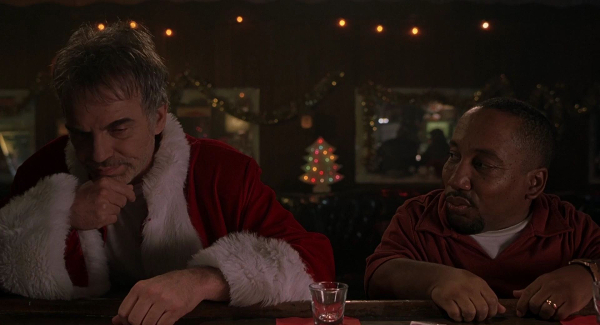
As always, he stumbled into the theater late. He was wearing a woman’s coat he’d found in the trash that was black and reached down to his feet. He was alarmingly thin — a bobblehead. He held a box of popcorn in one hand and a bottle of gin in the other. Accompanying him was his new girlfriend. I was struck by how pretty she was. “He has a girlfriend,” I thought. “That’s a good sign … Right?”
They took their seats, and we settled into the movie. But just as Ebert no longer saw Marcello as a role model after seeing La Dolce Vita with sober eyes, I no longer saw Willie T. Stokes as a hero, or even as a comic figure. I saw him as a victim, just as Ebert saw Marcello. John and I both had trouble laughing. Ten years after first seeing the movie as teens, we had lived the life of Willie T. Stokes. We had taken that long hard road and knew where it led. “The sweet life” in Bad Santa no longer seemed so fucking sweet. I recalled a line from Sherwood Anderson’s short story “Sophistication” from Winsburg, Ohio, my favorite book in high school. (I lent my copy to John once and he dropped it in the toilet.) “There is a time in the life of every boy,” Anderson writes, “when he, for the first time, takes the backward view of life. Perhaps that is the moment when he crosses the line into manhood.”
I was now, finally, in this darkened theater, taking this backward view of life through the lens of Bad Santa. John and I had memorized the film’s jokes the way we had memorized the beats of each other’s stories. Like the jokes in the movie, our stories had become stale, predictable, repetitive, and sad. Reminiscing about our times in the dog park with Brother Ritchie no longer brought us joy. Still, we laughed at the movie the way we had grown to laugh at each other’s stories, whenever we bothered to tell them — politely, because we always had. Not to laugh would be to disavow our past.
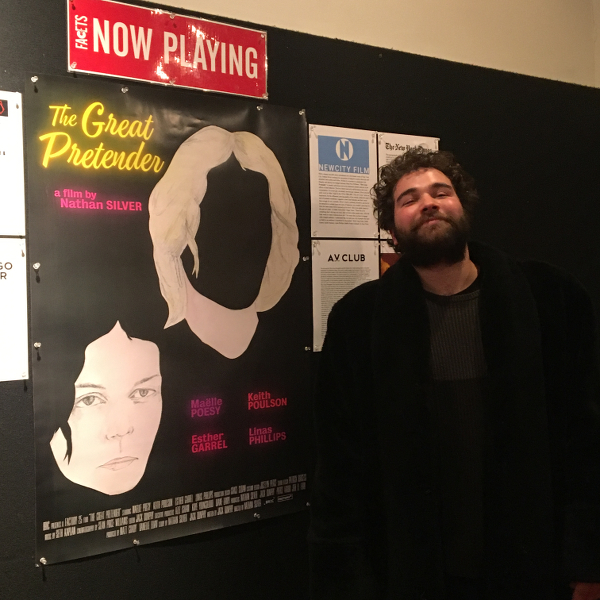
After the movie, I asked John’s girlfriend what she thought. “It was pretty bad,” she said. “It’s like they took every easy comedy trope, like fat kids, Asians, and little people, and just crammed them all into one movie.” It was hard to argue with her. And at that point, we didn’t even care to. It was all over.
I’ve been standing outside John’s gallery for what feels like an eternity. I can no longer feel my balls.
Finally, John’s girlfriend and my friend Ian come running. They’ve found an extra set of keys. No time to brace ourselves.
“You want to go first, or should I?” I ask Ian. He says nothing. I go first.
I see it all in my mind’s eye — the mess we’re about to find. But I don’t find that mess in his bedroom. I take a sigh of relief. Then my heart drops as I remember …
The bathroom.
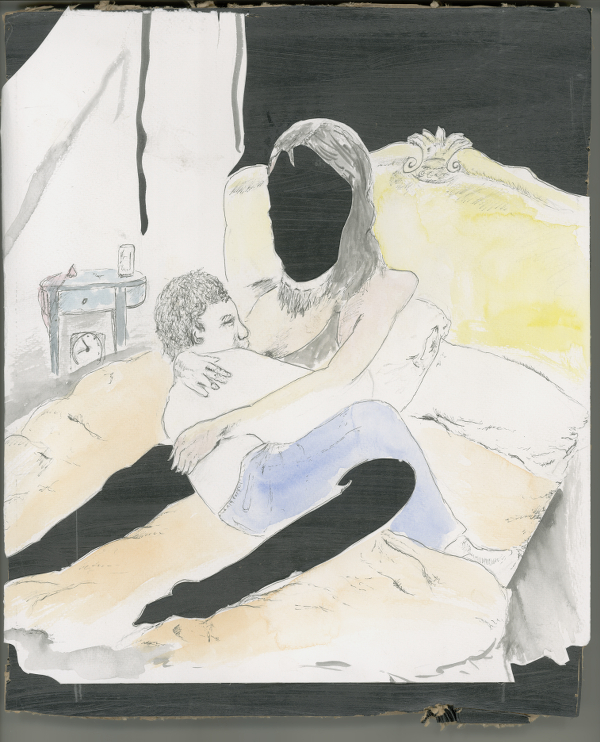
And there he is. Face down, curled up into a ball. “He’s down, he’s down!” I scream over and over. Ian runs in. “He’s dead,” Ian says. His girlfriend tries to see him. I swat her away, tell her she can’t see him. “I’ve seen my father’s corpse,” I tell her, “you can never get that image out of your head.” She collapses into the other room and wails. She will later tell me she didn’t like being treated like a child in this moment.
I splash water on him. Nothing. I try to flip him over. I can’t. I see his feet. That’s when I know. They’re yellow, that murky kind of yellow your piss is when you don’t drink enough water. That’s how I knew my dad was dead too: the feet.
Ian finds a can of Narcan, tries to administer it. Blood erupts like a sideways fountain out of John’s nose. Ian freaks, drops the can. “He’s dead,” Ian says. “He’s dead.”
And now there are paramedics. And now there are cops. And here I am, waiting for the detectives, so I can give a statement. And I’m numb. So fucking numb.
Of course this happened.
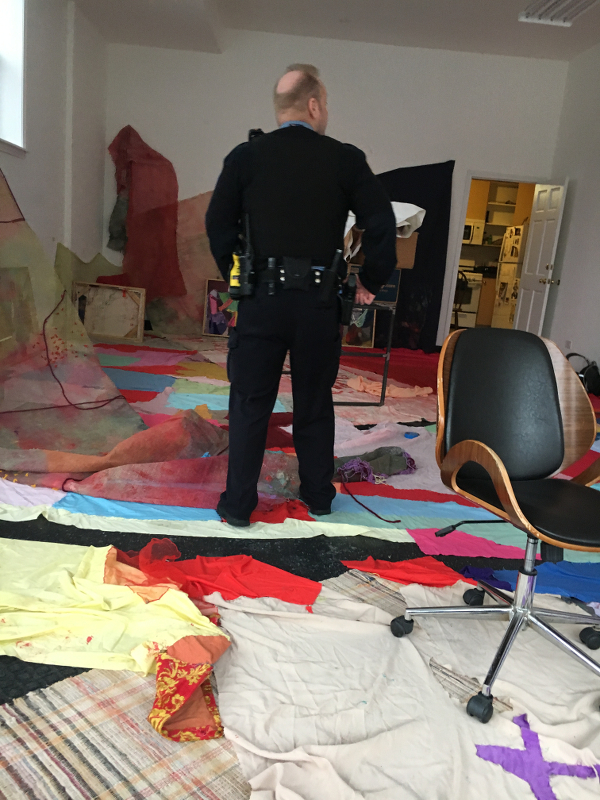
The moment in which one takes a backwards view of one’s own life is a solitary one. It was for Roger Ebert rewatching La Dolce Vita and it was for me rewatching Bad Santa.
After John died, I rewatched Bad Santa. I didn’t think I would laugh. But when Willie says, “If I’d known I was gonna have to put up with a bunch of screaming brats pissing on my lap 30 days out of the year, I’d have killed myself a long time ago. Come to think of it, I still might,” I let out a cathartic laugh, my first real laugh since that awful day in January. And for that moment, I could hear John’s laugh too — that high pitched cackle that made everything seem OK.
